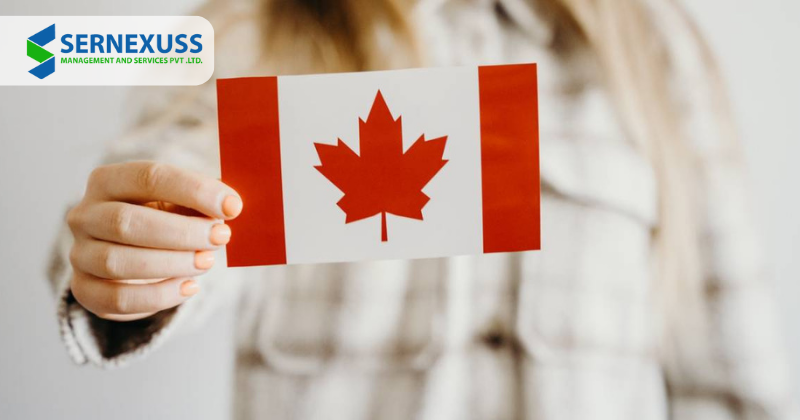Since November 23, the first round of invitations for all-program got conducted.
The first Express Entry draw of 2023 got held by Canada, and the first draw was on November 23.
5,500 candidates received invitations from Immigration, Refugees, and Citizenship Canada (IRCC) with a minimum CRS (Comprehensive Ranking System) score of 507. The eligible candidates got invited from the Federal Skilled Trades Program (FSTP), Federal Skilled Worker Program (FSWP), and Canadian Experience Class (CEC). They all are immigration streams managed under the Express Entry system.
This first Canada Express Entry recent draw shows an increase in the total number of issued ITAs, and it is also the largest Express Entry draw for all-program since they restarted last July. There were additional 750 invitations over the November 23 draw, and also a high CRS score than experienced since the draw on September 28.
Express Entry in 2022
2022 was a peculiar year for Express Entry. The Ministerial instructions reveal that in the 23 held draws of 2022, there were 46,538 invitations to apply issued to the candidates of Express Entry. It also includes the number of invitations to draws held between January and July for the PNP (provincial nominee programs) candidates. Canada Express Entry draws for all programs were stopped for over 18 months since its start in December 2020. The pause was because of the application backlog caused by the COVID-19-related travel instructions. During this time, only candidates from the PNP or CEC got invitations to apply (ITAs). Nevertheless, in September 2021, IRCC also stopped the draws for the CEC. The ITAs for all-program draws, which began in July and extended the rest of the year, was 35,750.
The last draw of Express Entry experienced the lowest minimum CRS (Comprehensive Ranking System) at 491.
Express Entry getting ready for changes.
In the second half of 2022, Immigration, Refugees, and Citizenship Canada announced the modifications to expect in the year 2023. For example, IRCC executed NOC 2021, a modified take on NOC 2016, in November. The NOC (National Occupation Classification) system gets used to decide the profession and skill level of an Express Entry candidate.
IRCC shifted to the Training, Education, Experience, and responsibilities (TEER) system from categorizing skills as a 0-D level system. The new TEER system has modified the NOC 2016’s skill levels 0-E and built an equivalent five TEERS system. Under the NOC 2021, 16 new occupations became eligible to apply for the economic immigration pathways managed by the Express Entry, such as the CEC or FSWP.
Candidates who have already submitted their profiles to the IRCC Express Entry pool got an invitation to change their NOCs to the new NOC 2021 freely. The candidate should make an update for each position (job), including their IRCC profile. If a candidate fails to do so, they will get disqualified for receiving an ITA (Invitation to Apply).
Canada will increase the target of inviting candidates through the Express Entry program, based on the Immigration Levels Plan 2023-2025 announced on November 1. 82,880 immigrants will get admitted to Canada as permanent residents through the Express Entry system in 2023. It will gradually increase to 109, 020 in 2024 and 114,000 in 2025, or roughly one-fifth of Canada’s total permanent resident admissions goals. The high targets indicate the significance Canada gives to economic immigration due to the current labor shortage. Immigration accounts for over 90% of labor force growth in Canada and approximately 75% of population growth.
What is Express Entry?
Express Entry is a unique online application management system for the three Canadian immigration streams: the Federal Skilled Worker Program (FSWP), the Federal Skilled Trades Program (FSTP), and the Canadian Experience Class (CEC). PNP (Provincial Nominee Program) in the Express Entry pool becomes eligible for any of these programs.
Express Entry uses the Comprehensive Ranking System (CRS), a points-based system, to assess and rank the profiles of the candidate. The high-ranking candidates receive ITA (invitation to Apply) and can apply for Canada permanent residency.
After a candidate applies for a Canada PR application, an IRCC official reviews the application and documents and makes a final discussion. Once a candidate receives approval, they become permanent residents of Canada and come one step closer to becoming a Canadian citizen.
